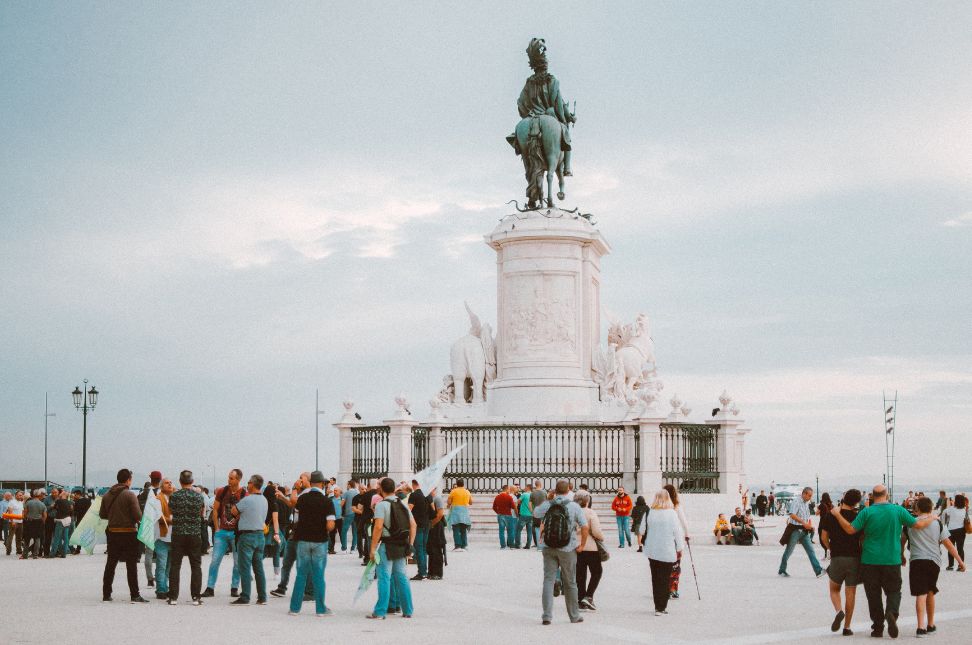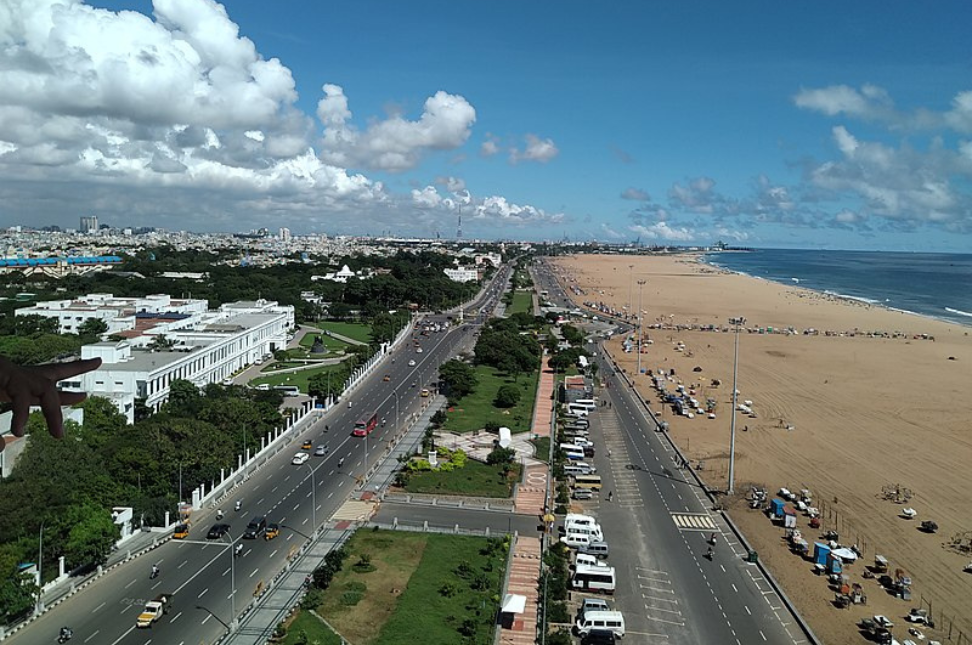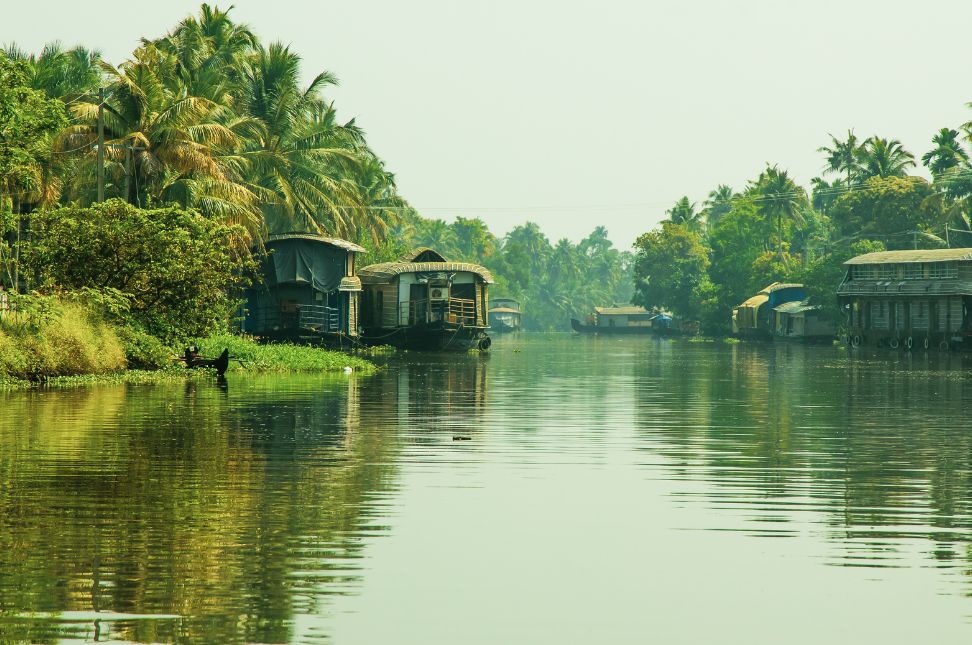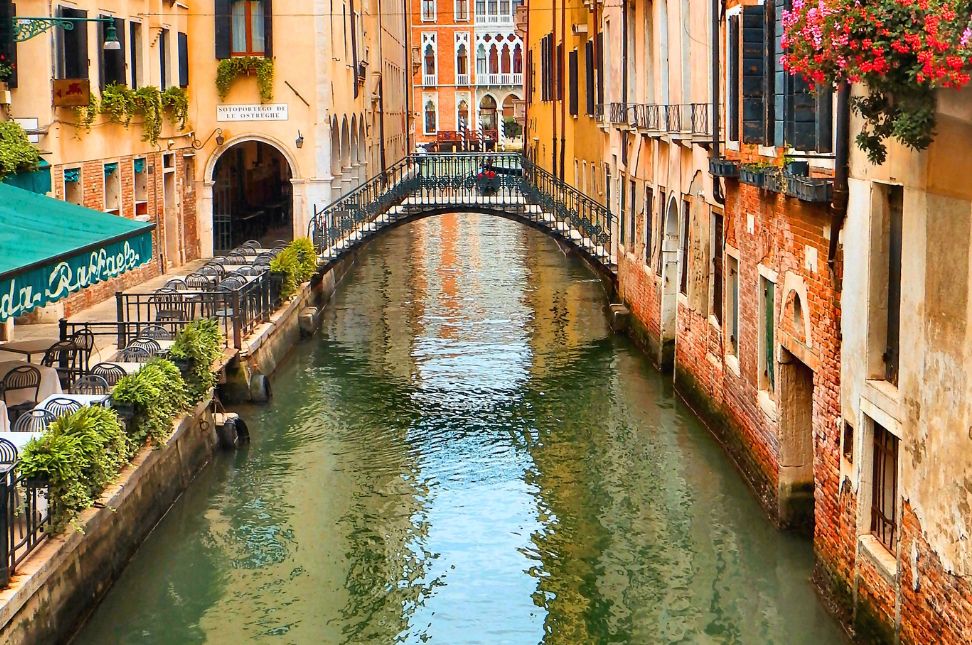“Winter in Portugal” can feel very different than winters in much of Europe. In this season, the crowds thin, the skies often clear, and the landscapes—coast, hills, vineyards—take on a quiet beauty that invites slower exploration. For travellers who prefer mild weather, culture, food, and heritage over snow and frost, Portugal offers some of the best winter escapes.
Why Visit During Winter in Portugal
Between November and March, Portugal sees fewer tourists, which means less waiting, better deals, and a more authentic sense of local life. Regions like Lisbon, Porto, and the Algarve all retain some warmth and sunlight—even in December—and local festivals, markets, and food culture thrive. Cozy cafés, historic churches, and wine cellars become inviting havens from cooler breezes.
Top Regions & What to Experience
Lisbon & Surrounds
- Wander through Alfama, Mouraria, or Bairro Alto streets with fewer crowds, watching how the soft winter light drapes over the tilework.
- Visit museums like the MAAT, Jerónimos Monastery, and the Torre de Belém without long lines.
- Taste seasonal sweets—bolo rei (fruit-cake style) around Christmas, grilled sardines when in season, and of course, excellent seafood.
Porto & Northern Portugal
- Explore Porto’s Ribeira district along the Douro river: the mist adds drama, the wine cellars feel warm.
- Take day trips into the Douro Valley—vineyards often look especially lush after autumn rains—and stay at boutique quintas (vineyard estates) offering port tastings.
- In winter, Porto also hosts festivals and Fado performances that are more intimate and authentic.
Algarve
- For many, Winter in Algarve means sunrises over quiet beaches, primavera blooms, and less wind than in summer.
- Coastal towns like Lagos or Tavira feel peaceful; hikes along cliffs or estuaries offer birds, sky, and open air.
- Seafood by the coast (fresh fish, shellfish), and small local winter markets, are highlights.
Where to Stay & How to Travel
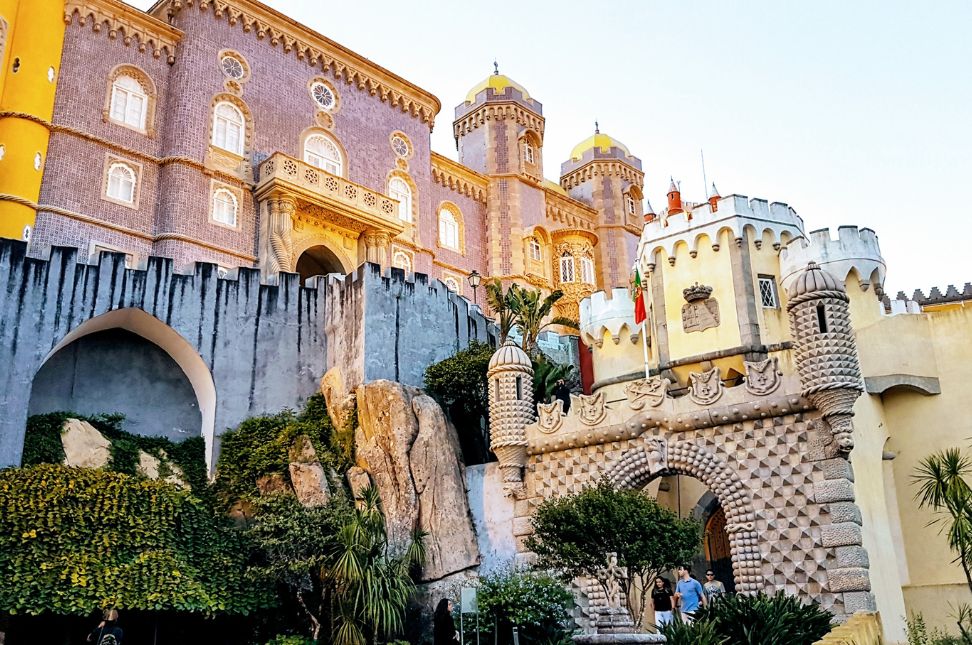
- Choose boutique guesthouses or smaller hotels in Lisbon or Porto—many have heated interiors, fireplaces or wood stoves, and local charm.
- In the Algarve, resorts are quieter, many offer off-season rates, and transportation by car or train can be easier than in the high season.
- Renting a car helps if you want to explore rural areas (wine regions, nature parks), but public transport between major cities is efficient and cozy in winter.
What to Pack & Practical Tips
- Layered clothing: light sweater, windbreaker, scarf. Even in sunny Algarve mornings can start cool.
- Rain gear: winter rains are more frequent along the coast. A compact umbrella or water-resistant jacket helps.
- Indoor and outdoor mix: plan museum and food-walk days, and balance with scenic drives, coastal walks or vineyard visits.
- Festival calendar: check local events—Christmas markets, carnival in some towns, Wine Harvest events (usually autumn but overlaps), Epiphany celebrations in early January.
Final Thoughts
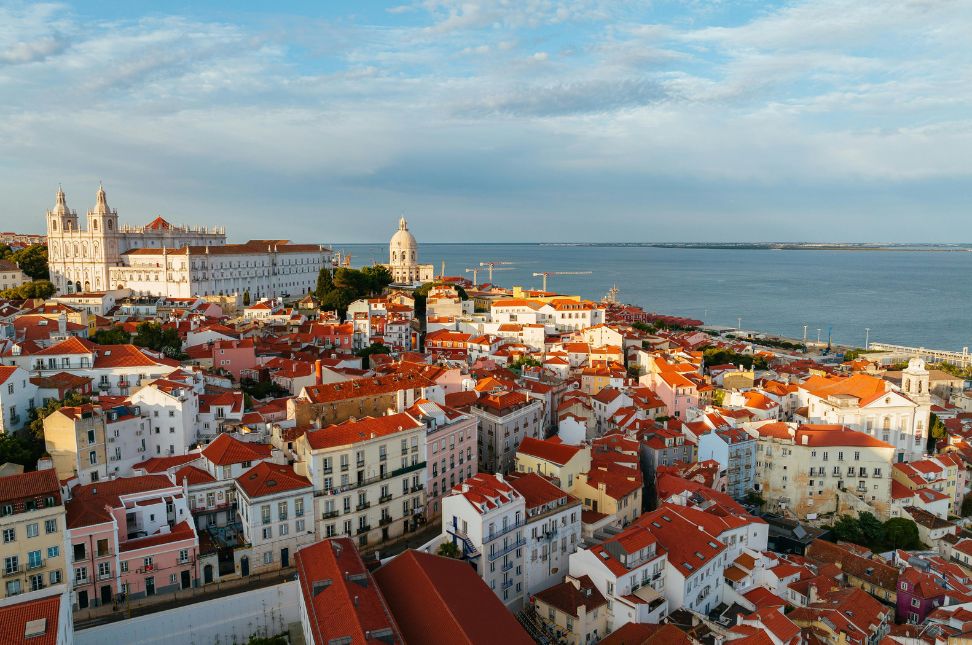
“Winter in Portugal” is not about snow or cold—it’s about atmosphere, slower travel, and embracing traditions and food in a softer light. Between Lisbon’s lights, Porto’s wine, and Algarve’s coastline, visitors will find warmth—both in weather and in hospitality. For anyone planning to experience Winter in Portugal, the season offers quiet magic, genuine culture, and senses awakened by simplicity.

